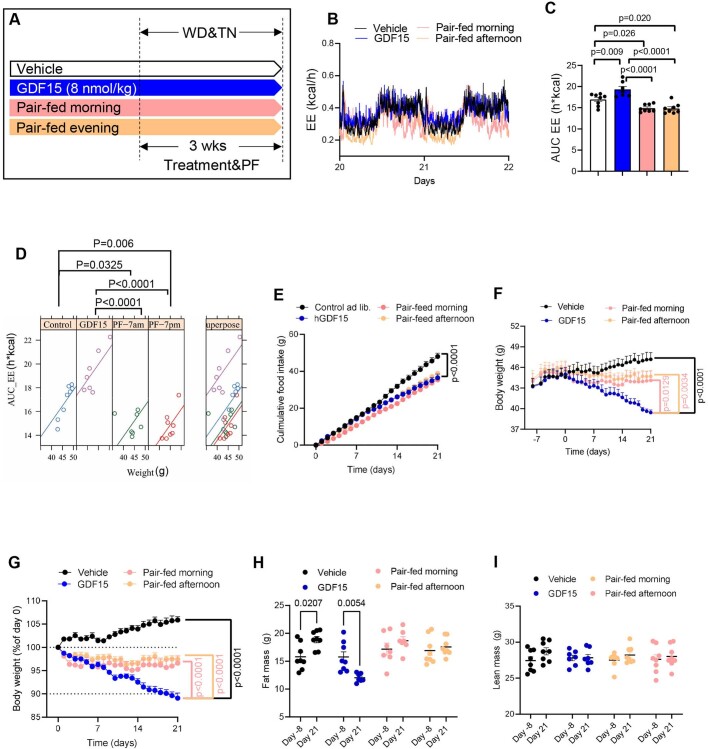Extended Data Fig. 4. GDF15 increases energy expenditure independently on the time of feeding.
A, Experimental scheme for the effects of GDF15 and matched caloric restriction (the “pair-fed morning” group: fed at start of light cycle (0600-0700h); the “pair-fed evening” group: fed at start of dark cycle (1800–1900h)) on body mass and energy expenditure (EE) in mice. B, Average energy expenditure curves. C, AUC of average energy expenditure. Data are means ± SEM, n = 8 mice/group except GDF15 group, n = 7 mice. P values by one-way ANOVA with Tukey’s multiple comparisons test. D, ANCOVA of total energy expenditure against body weight of mice using body mass as a covariate and treatment as a fixed factor. n = 8 mice/group except GDF15 group, n = 7 mice. E, Cumulative food intake. Data are means ± SEM, n = 8 mice/group. P values by two-way ANOVA with Tukey’s multiple comparisons test. F, Body weight. Data are means ± SEM, n = 8 mice/group except GDF15 group, n = 7 mice. P values by two-way ANOVA with Tukey’s multiple comparisons test. G, Body weight percentage (Normalized to day 0). Data are means ± SEM, n = 8 mice/group except GDF15 group, n = 7 mice. P values by two-way ANOVA with Tukey’s multiple comparisons test. H, Fat mass. Data are means ± SEM, n = 8 mice/group. P values by one-way ANOVA with Tukey’s multiple comparisons test. I, Lean mass. Data are means ± SEM, n = 8 mice/group except GDF15 group, n = 7 mice. P values by one-way ANOVA with Tukey’s multiple comparisons test.

